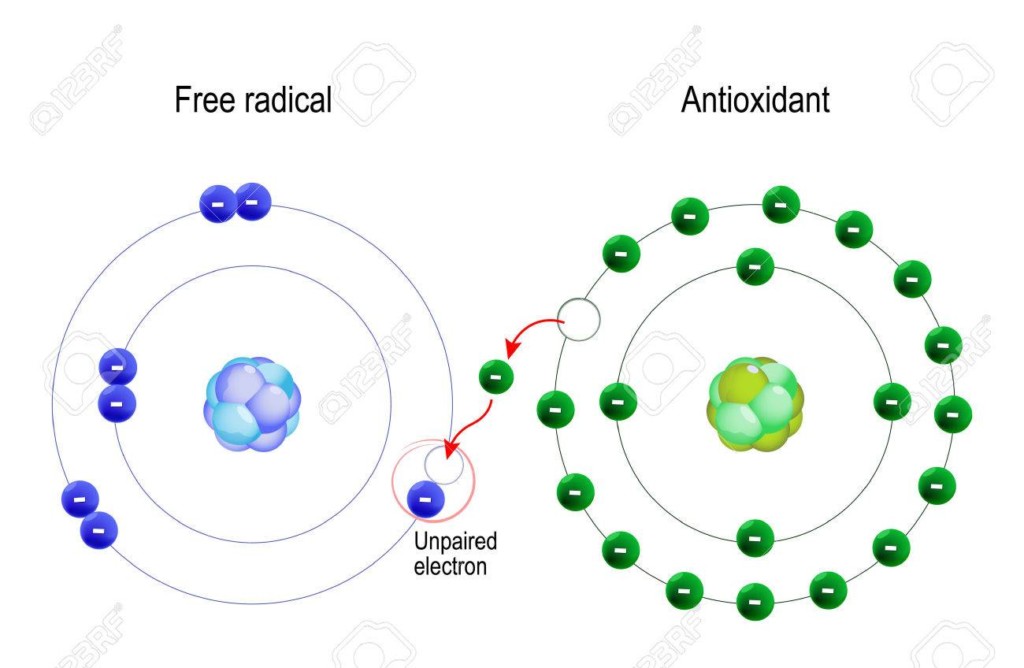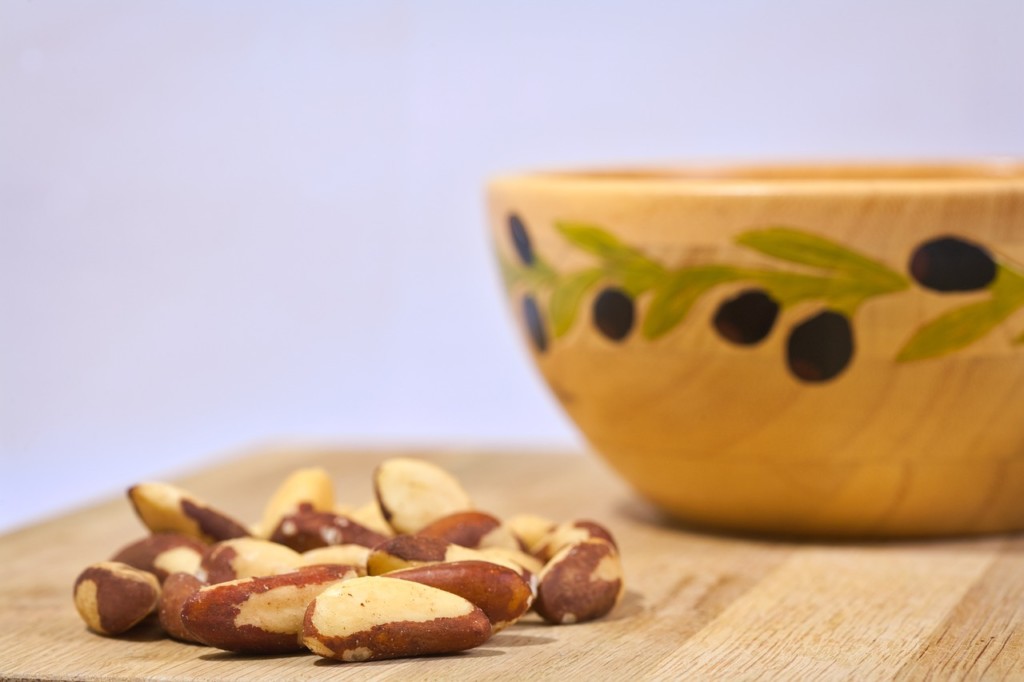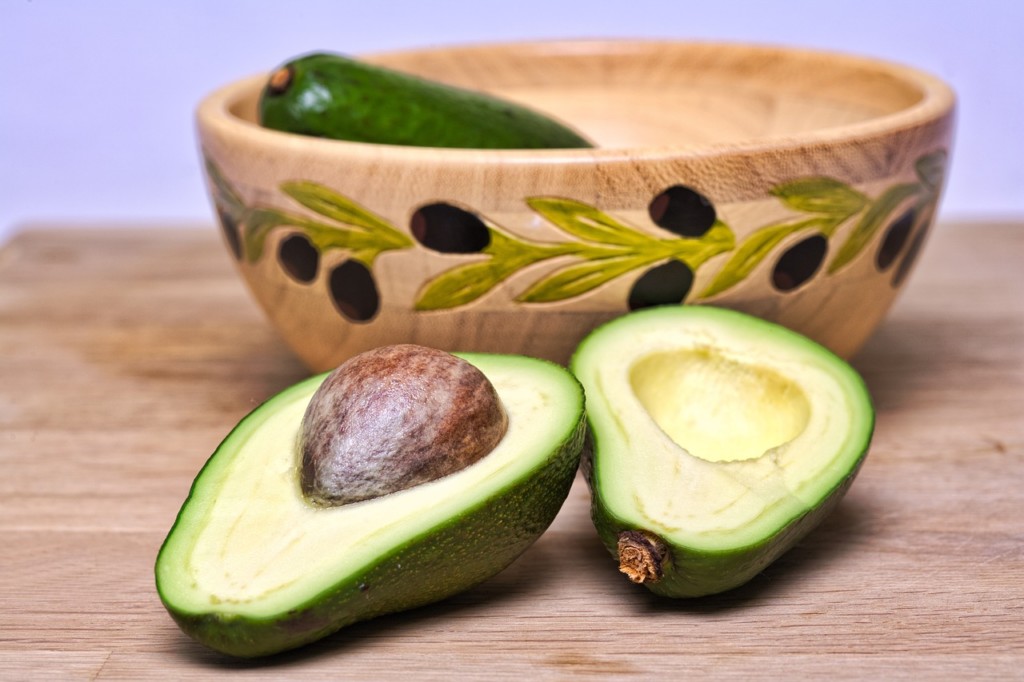What is the vitamin E ? Do we need to supplement ? What do we find it in, and what do we need it for? vitamin E requirements ? These are the questions we're going to answer in this article.
Definition of Vitamin E
Visit vitamin E is, like the vitamins A, D and K, a fat-soluble vitaminIt is stored in the body's fatty tissues. It is composed of four tocopherols and four tocotrienols.
Vitamin E was discovered in 1924 and recognized as a human nutrient in 1968. It is found mainly in fatty foodswhich makes it an abundant vitamin in a diet that is at least "balanced" between the three vitamins. macronutrientsand, of course, as part of a high-calorie diet. lipids.
Role and benefits of vitamin E
An antioxidant role
Vitamin E's main role is to be a powerful antioxidant. antioxidant whose main function is to protect the body from cell damage.
The body continually produces free radicalsFree radicals are highly reactive compounds containing single electrons. For example, free radicals damage proteinsThese reactions propagate in a chain, as molecules destabilized by a single electron become free radicals in their turn.
This content is part of the guide Blooness, the guide to the ideal human diet, the summary of which you can find here 🌱🥑

The role of antioxidants is to halt this process by neutralizing free radicals, thereby reducing their harmfulness. Vitamin E has the ability to capture and stabilize (by resonance) the single electron in free radicals.
Vitamin E's main role is as an antioxidant in biological membranes. The mitochondriawhich generate free radicals, contain high levels of vitamin E in their lipid membranesmade up of polyunsaturated fatty acids and subject to oxidative stress.
French-speaking subscribers will receive the newsletter in French, and all others will receive an English version.
A role in strengthening the immune system of the elderly
In addition, several clinical trials show than 100 mg per dayvitamin E supplements can improve the immune response of the elderly. Vitamin E may also delay the progression of cataracts and age-related macular degeneration. It may even slow the progression of Alzheimer's disease, and even Parkinson's disease.
A role in combating cardiovascular disease
Secondly, by slowing the formation of atherosclerotic plaque and preventing the creation of blood clots, vitamin E could prevent heart attacks and strokes. It reduces the inflammatory processes associated with heart disease and helps raise levels of good cholesterol (HDL), thereby reducing the risk of cardiovascular disease by 25%.
Be careful, however, these data should be treated with cautionThere are many factors that make the results too uncertain for the time being. The dose, the subjects chosen for the tests, and the need to couple vitamin E with other micronutrients, make the conclusions for the time being not very precise.
A role against menstrual pain
Vitamin E is also thought to play a role in painful periods.
Doses of 200 IU to 400 IU per day for 5 days, starting 2 days before menstruation, reduced the duration and intensity of menstrual pain in a group of adolescent girls in tests conducted.
For your information, 200 IU of Vitamin E correspond to 143mg.
Doses of 400 IU per day, administered in the same way in another study, also reduced symptoms in women suffering from menstrual migraines. Vitamin E could also relieve premenstrual syndrome symptoms.
Vitamin E against cancer
Last but not least, vitamin E may act as a protective antioxidant for cell membranes, particularly those supplied by food. In this way, it may help prevent certain cancers (lung, stomach).
So far, the results of clinical studies relating to the anti-cancer action of vitamin E are rather disappointing. Objectively speaking, there is no evidence that vitamin E is an effective way of reducing the risk of cancer.
However, the scientific community is increasingly interested in tocotrienols, lesser-known vitamin E compounds, but with much higher antioxidant activity than tocopherolsprovided they are combined with other agents.
Top foods rich in vitamin E
The body absorbs the natural form of vitamin E better than the synthetic form. There is some controversy about the equivalence factor between these 2 forms, and some practitioners recommend use only supplements in their natural form.
That's good news, because most people can get enough vitamin E through their dietary choices. The risk of serious vitamin E deficiency is very low in developed countries.
As long as you eat a variety of antioxidant-rich foods such as fruit and vegetables, you'll be able to make the most of your energy. vegetablesWith the addition of whole grains and a moderate amount of unsaturated fat from vegetable oils, fish, nuts and seeds, you should have a sufficient daily intake of vitamin E.

This is particularly the case with diets that balance the three macro-nutrients, or with low-carb high-fat to simply moderate in carbohydratesas recommended in this guide.
In general, nuts, seeds, vegetable oils and, to a lesser extent, green leafy vegetables are good sources of vitamin E.
- Wheat germ oil
- Almonds
- Sunflower seeds
- Hazelnuts, unbleached filberts, dry roasted
- Sunflower, safflower, peanut, olive, rapeseed or corn oil
- Cereals to sound
- Pine nuts
- Dried Brazil nuts
- Corn or wheat bran, raw
- Lawyer
- Sardines
- Asparagus, spinach
Recommended vitamin E intake and requirements
The Recommended Dietary Allowance (RDA) for vitamin E ranges from 9.9 to 15.5 mg alpha-tocopherol (the natural form) per day, depending on whether you're a man or a woman. But for the elderly, it can be much more. Over the age of 75, it is recommended to consume 20 to 50 mg / day. Always in its natural form (alpha-tocopherol).
True deficiencies are rare, but you can be sure of meeting your body's vitamin E requirements, simply increase your consumption of vitamin E-rich seeds and nuts, as well as good fats in general. This is particularly true for those following a very low-fat diet.
Competent authorities recommend that adults consume no more than 62 mg of vitamin E per day.
In the body, vitamin E works in synergy with vitamin C, the selenium or the zinc for an optimal antioxidant effect.
But be careful. The higher the consumption of unsaturated fatty acids (Omega 3, 6 and 9), the higher the vitamin E intake needed to protect them from oxidation within the body!
In conclusion about vitamin E
Vitamin E seems to have positive effects on the body, but in its natural formas part of a rich diet, and concomitantly with other substancessuch as vitamin C.
Its main positive effect is its antioxidant role. The Recommended Dietary Allowance (RDA) for vitamin E for adults is up to 15 mg (22.5 IU) per day.
In short, vitamin E is a vitamin that is certainly indispensableHowever, as part of a relatively balanced diet, sufficiently rich in lipids, the body is unlikely to run out, and its action will be facilitated by the fact that it is consumed with other vitamins.
Therefore, no need to supplement with vitamin E when you eat a diet rich in fat, or at least balanced between fat, carbohydrates and protein.
To date, research into this vitamin has not yielded any convincing results regarding excessive consumption, especially when taken in isolation. It should therefore not be consumed in excess, unless medically indicated.

